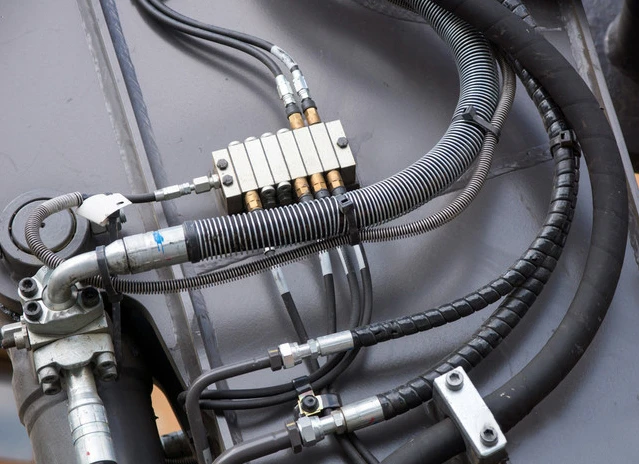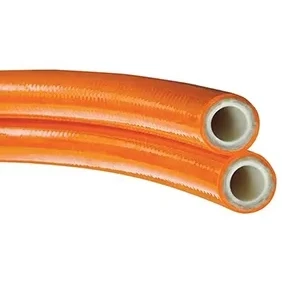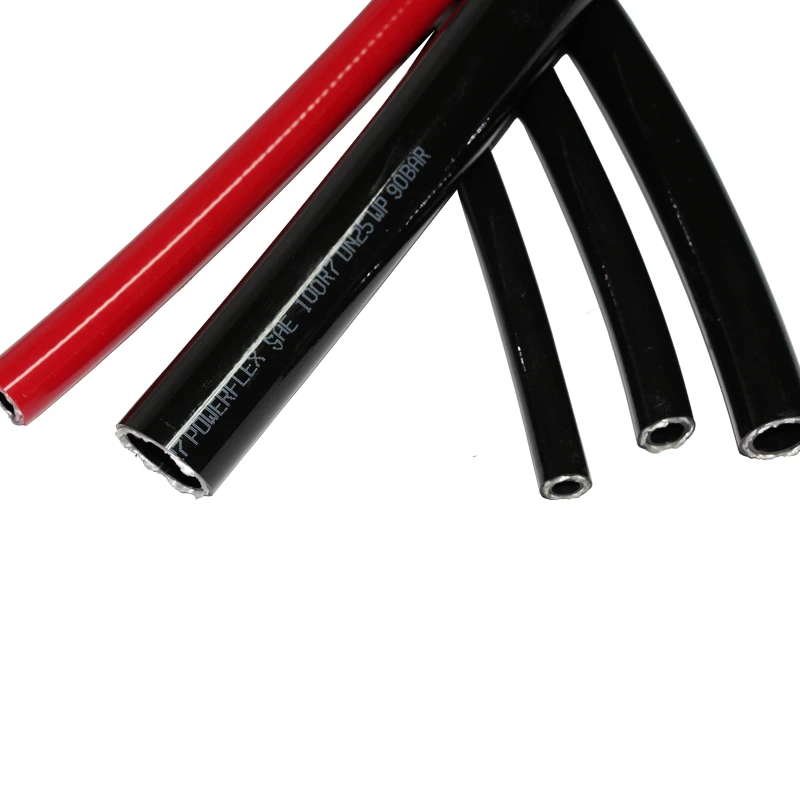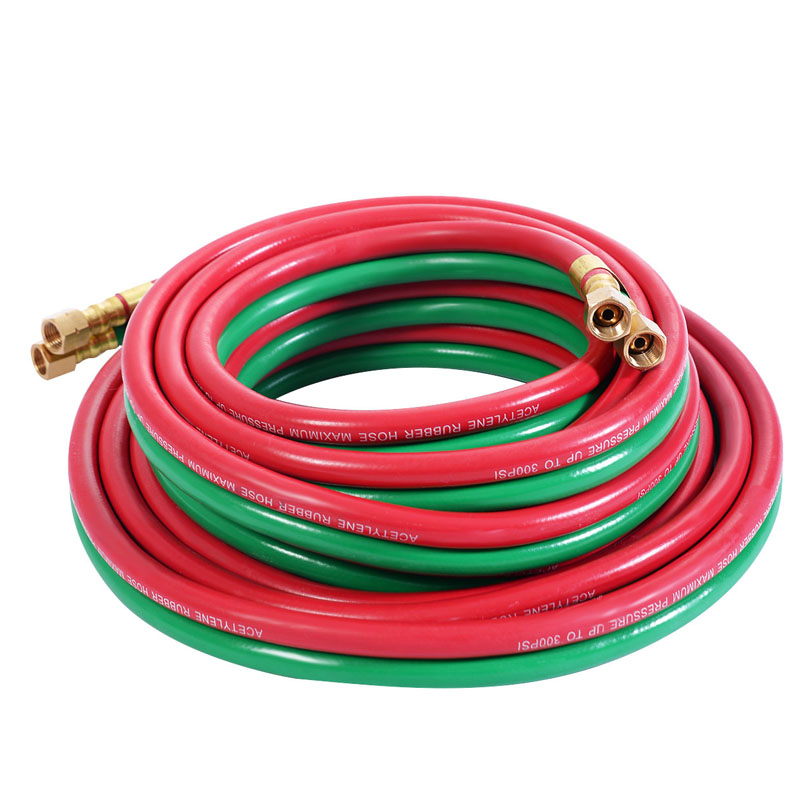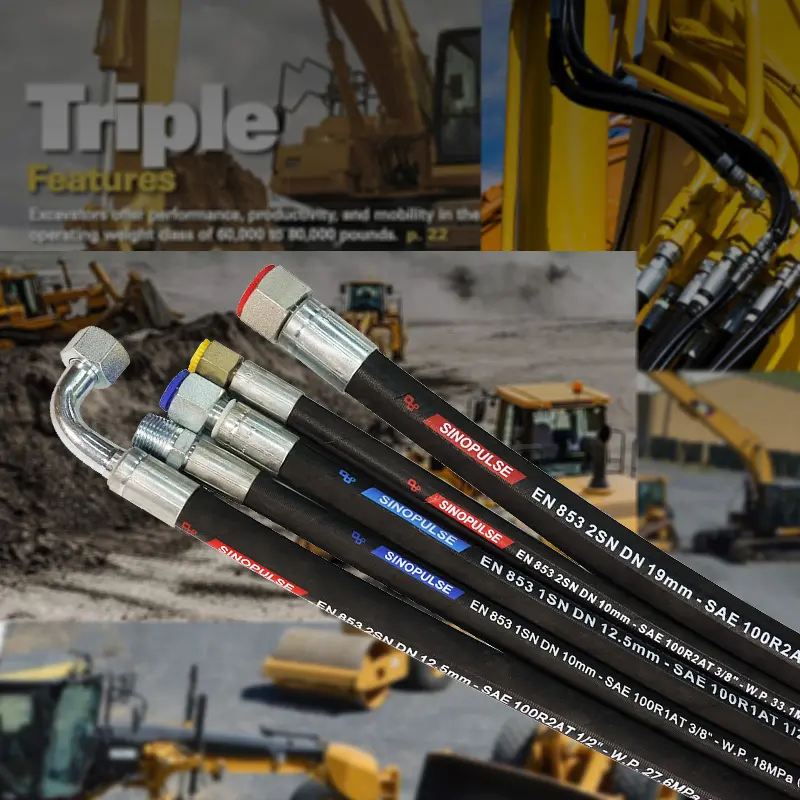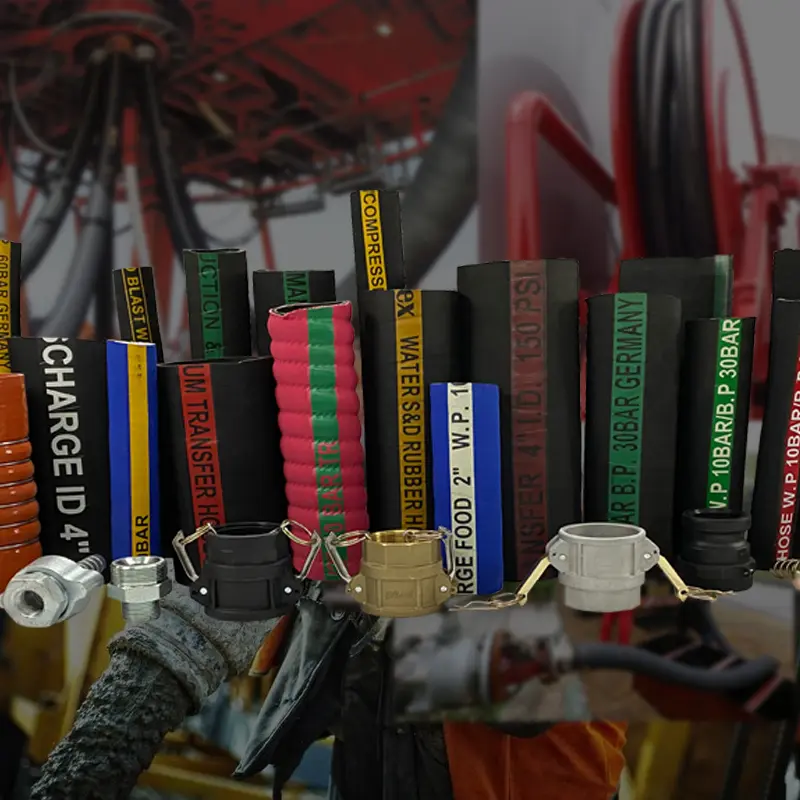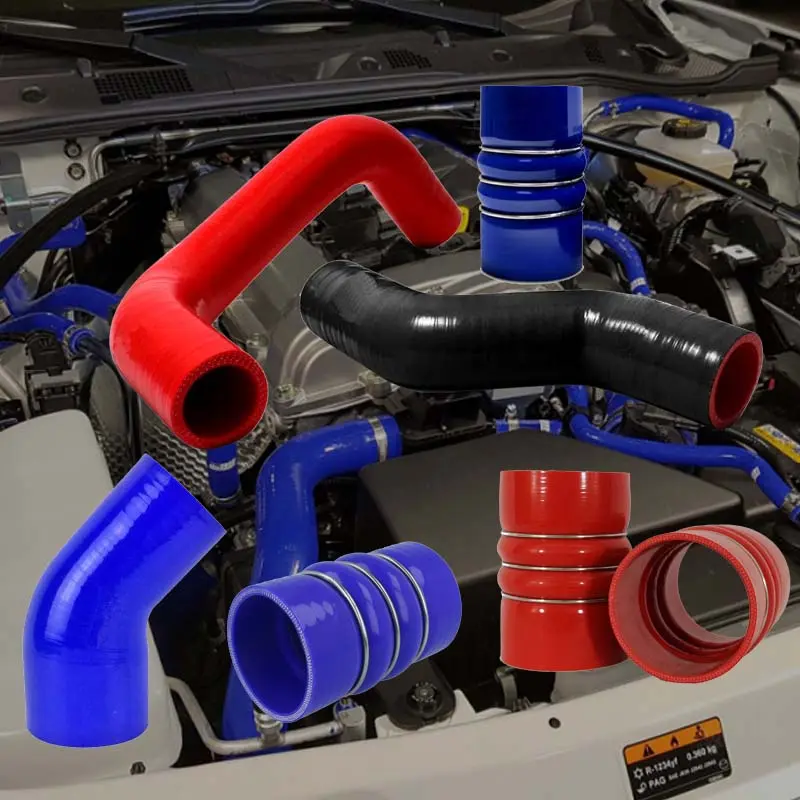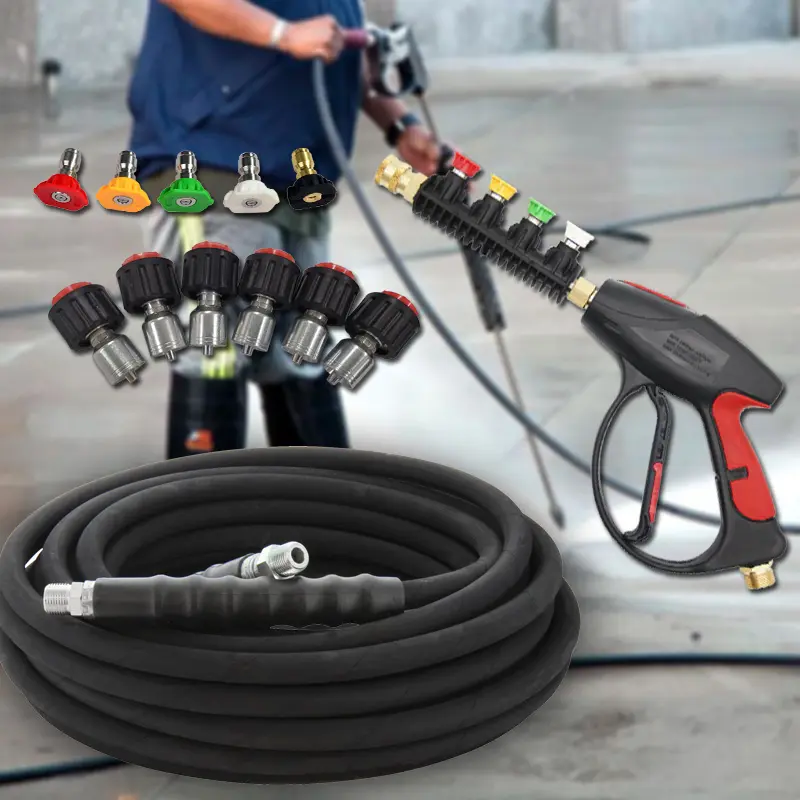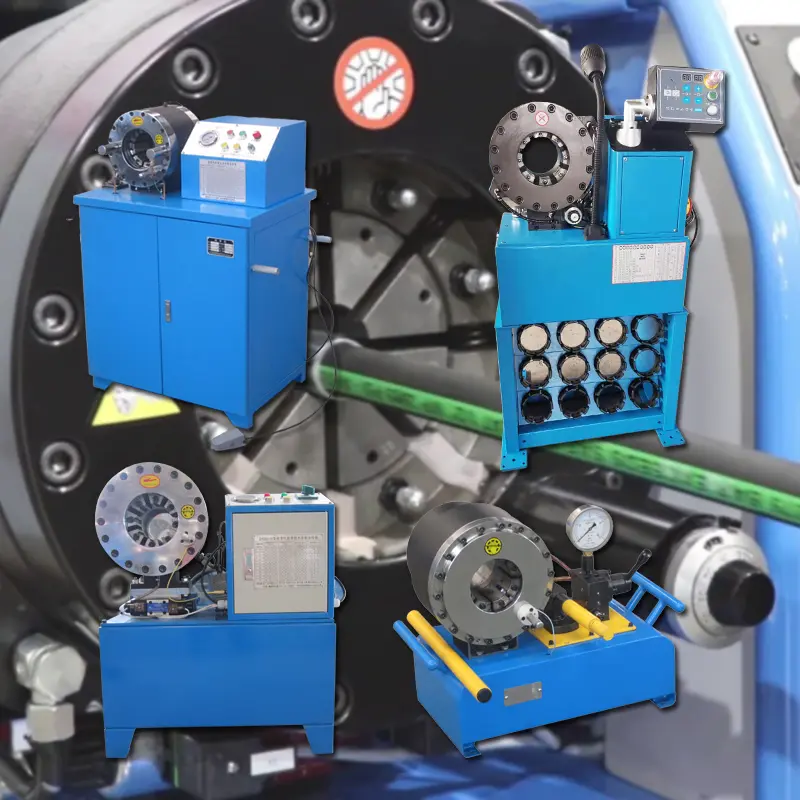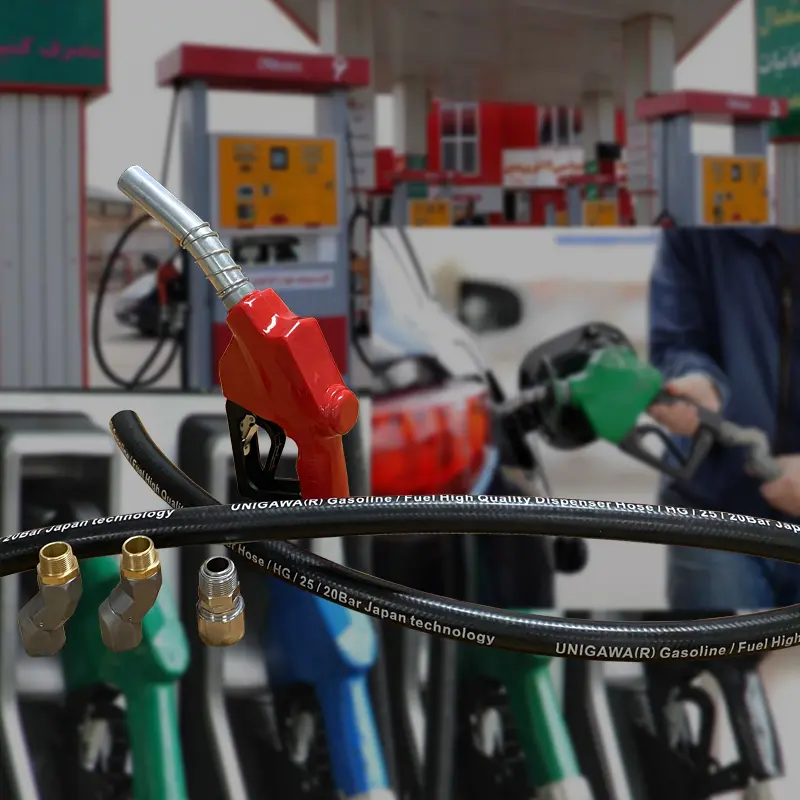Understanding Brake Hoses A Critical Component of Vehicle Safety
When it comes to vehicle safety, few components are as crucial as the brake system. Among the various parts that make up this system, the brake hose often goes overlooked, despite its essential role. Understanding the function, types, and maintenance of brake hoses can empower car owners to ensure their vehicles operate safely and efficiently.
The Role of Brake Hoses
Brake hoses are flexible tubes that carry brake fluid from the master cylinder to the brake calipers. When a driver presses the brake pedal, hydraulic pressure is created in the master cylinder, pushing the brake fluid through the hoses to activate the brakes at each wheel. This process is crucial for effective stopping power, as it allows the driver to control the vehicle's speed and direction.
There are two main types of brake hoses rubber and braided stainless steel. Rubber hoses are the traditional choice, known for their flexibility and cost-effectiveness. However, they can degrade over time due to exposure to heat, moisture, and road chemicals. On the other hand, braided stainless steel hoses offer increased durability and resistance to expansion under pressure, making them a popular choice for performance vehicles. They provide a firmer brake pedal feel, which can enhance driving confidence.
Signs of Brake Hose Issues
Recognizing the signs of a deteriorating brake hose is essential for vehicle safety. Common indicators include
1. Leaking Brake Fluid If you notice fluid pooling beneath your vehicle or on the hoses themselves, it may indicate a brake hose leak. This is particularly dangerous, as low brake fluid levels can lead to brake failure.
brake hose car

2. Soft or Spongy Brake Pedal A brake pedal that feels less firm than usual can suggest that air has entered the brake lines or that the hoses are expanding under pressure. Both scenarios could compromise braking performance.
3. Visual Cracks or Bulges A quick inspection of your brake hoses can reveal visible deterioration. Look for cracks, bulges, or fraying, which can all indicate that the hose is failing.
Maintenance and Replacement
Routine maintenance of brake hoses is vital for safe driving. Mechanics recommend inspecting hoses during regular service intervals, especially in older vehicles. Brake hoses should be replaced every five to seven years as a preventative measure, even if they appear to be in good condition.
Replacement typically involves a few steps draining the brake fluid, detaching the old hoses, and installing new ones. It’s important to ensure that the new hoses are properly secured and that all connections are tight to prevent leaks.
Conclusion
In summary, brake hoses play an integral role in ensuring vehicle safety by facilitating the hydraulic system that powers your car's braking system. Whether you drive a family sedan or a high-performance sports car, understanding the purpose of brake hoses and recognizing the signs of wear can make a significant difference. Regular inspections and proactive maintenance are essential to avoid unexpected failures that can lead to dangerous driving situations. Prioritizing the condition of your brake hoses not only enhances your vehicle's performance but also ensures your safety on the road.
Product Application









